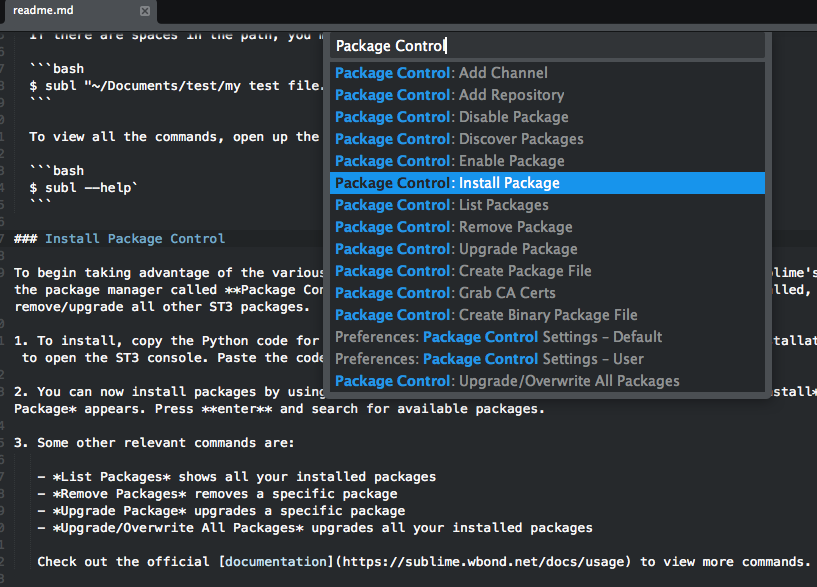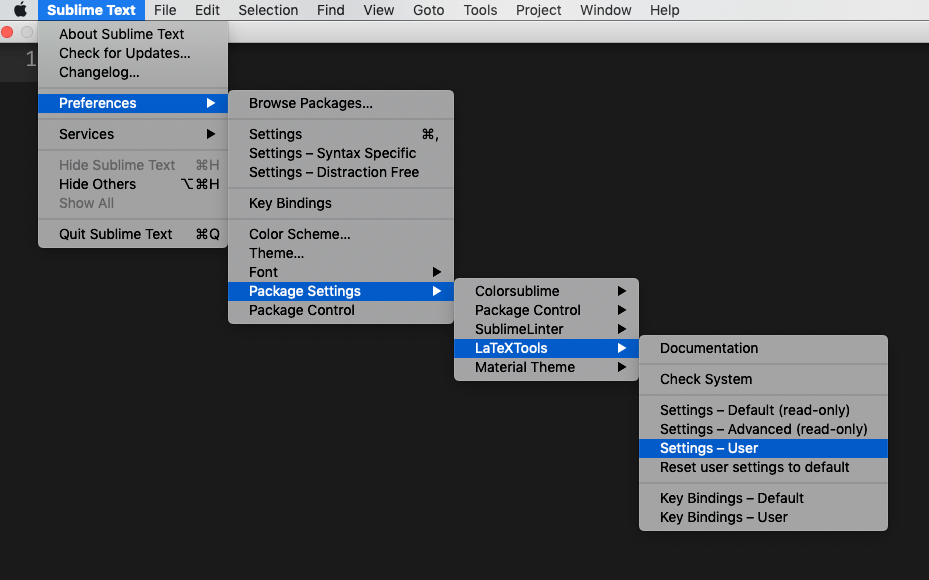
I really would like to get a better foundation in coding. To everyone else: I appreciate the input. Have fun, Sublime is a great editor showing a lot of promise.What you want to do is write your HTML in sublime and then open that file in a browser to see what it looks like. bash_profile which you would have needed with the official instructions given by the Sublime team. Now you don't need to get out of Terminal to simply open a file or a folder, you didn't have to add an "alias" or yet another bin directory to your. (to open the entire current directory) Conclusion

Sublime foldername (replace "foldername" by an actual folder name) Sublime filename (replace "filename" by an actual file name) bash_profile with the newly added directory.

If you had to add /usr/local/bin to your PATH, run the following command before continuing: If you don't already have a PATH set in your bash_profile you can type: Note: The '(.)' in this example represents other folders that would be listed on the same line and separated by a colon. If not, simply add it like this and save the file: Since we create a symlink to subl called sublime in the /usr/local/bin directory let's check if this directory is listed on that same line. This contains all the directories that will be looked into for executable binaries when you type a command in Terminal.

You should see at the top of the file a line that starts with: (In some cases the profile file is named ~/.profile) Now let's do a check to see if everything will run smoothly. This will simply create a symlink called sublime (remember, we like names that don't suck to type 500 times a day) between the subl binary stashed in the Sublime application package, and a folder where your system usually looks for binaries to execute (launch). Ln -s /Applications/Sublime\ Text\ 2.app/Contents/SharedSupport/bin/subl /usr/local/bin/sublime So contrary to the Sublime team recommendation, we're not going to create a bin folder in your home directory: That's weird, I don't recall ever being asked to do that on OS X since most people install binaries within /usr/local/bin which – if you're a developer – is likely to already have tons of other binaries. The official documentation I linked to above recommends creating a ~/bin folder (in your home directory). You can find more (official) details about subl here: Installation

If this following line opens Sublime Text for you, then bingo, you're ready. This utility is hidden in the following folder (assuming you installed Sublime in /Applications like normal folk. Sublime Text 2 ships with a CLI called subl (why not "sublime", go figure). Launch Sublime Text 2 from the Mac OS X Terminal


 0 kommentar(er)
0 kommentar(er)
